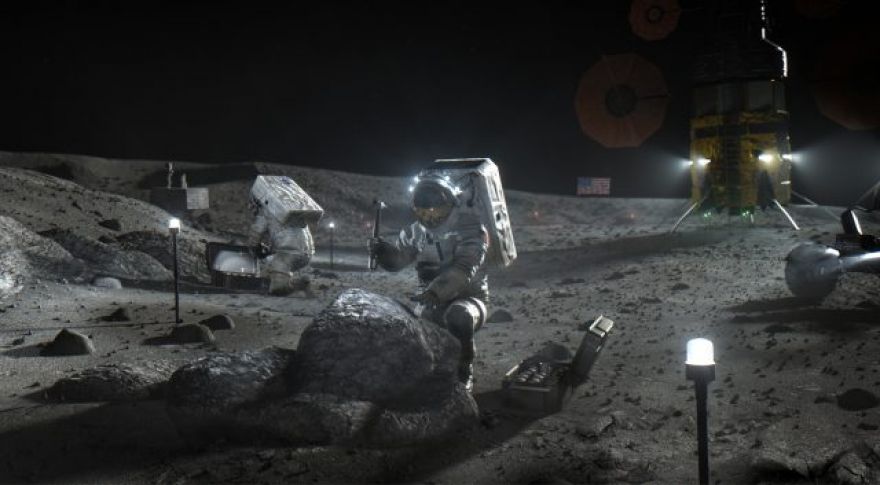
NASA Identifies 13 Lunar Regions Where Artemis 3 Crew Could Land
NASA is on the verge of finally launching the first Space Launch System (SLS) rocket after years of development. The Artemis 1 mission won’t have a crew onboard, but by the third launch, the SLS will be taking astronauts back to the moon for the first time in 50 years. Before that happens, needs to decide where on the lunar surface to send them. The agency has now identified 13 candidate regions near the moon’s south pole.
The Apollo Program decades ago clustered the landings closer to the equator, far from the polar regions. However, NASA believes there’s a lot to be learned from the poles, which have more extreme terrain, with areas that are permanently illuminated or in shadow.
NASA says — the job of one or more commercial landers rather than the Orion spacecraft that launches on the SLS. Here are the 13 regions being considered for the historic landing.
- Faustini Rim A
- Peak Near Shackleton
- Connecting Ridge
- Connecting Ridge Extension
- de Gerlache Rim 1
- de Gerlache Rim 2
- de Gerlache-Kocher Massif
- Haworth
- Malapert Massif
- Leibnitz Beta Plateau
- Nobile Rim 1
- Nobile Rim 2
- Amundsen Rim
NASA considered several factors in choosing these locations, including the terrain slope, ease of communication with Earth, and lighting conditions. This is based on the expected capabilities of the SLS, Orion, and (human landing system). NASA is still accepting bids for a second commercial lander following , but it’s likely SpaceX will be the only firm ready to fly by the time Artemis 3 launches.
Before nailing down a landing site, NASA will discuss the options with the larger scientific and engineering communities. The future development of SpaceX’s HLS is also an important factor. The company has yet to get Starship into orbit, and this vehicle is just as important as the SLS to getting astronauts to the moon and back safely.
Artemis 1 should launch , and then Artemis 2 will complete a crewed lunar flyby in 2024. Artemis 3 is slated to land on the moon in one of these 13 regions in 2025. These dates could, of course, be pushed back as they have been many times in the past. It may not even be the SLS’s fault for once — NASA .
Now read: